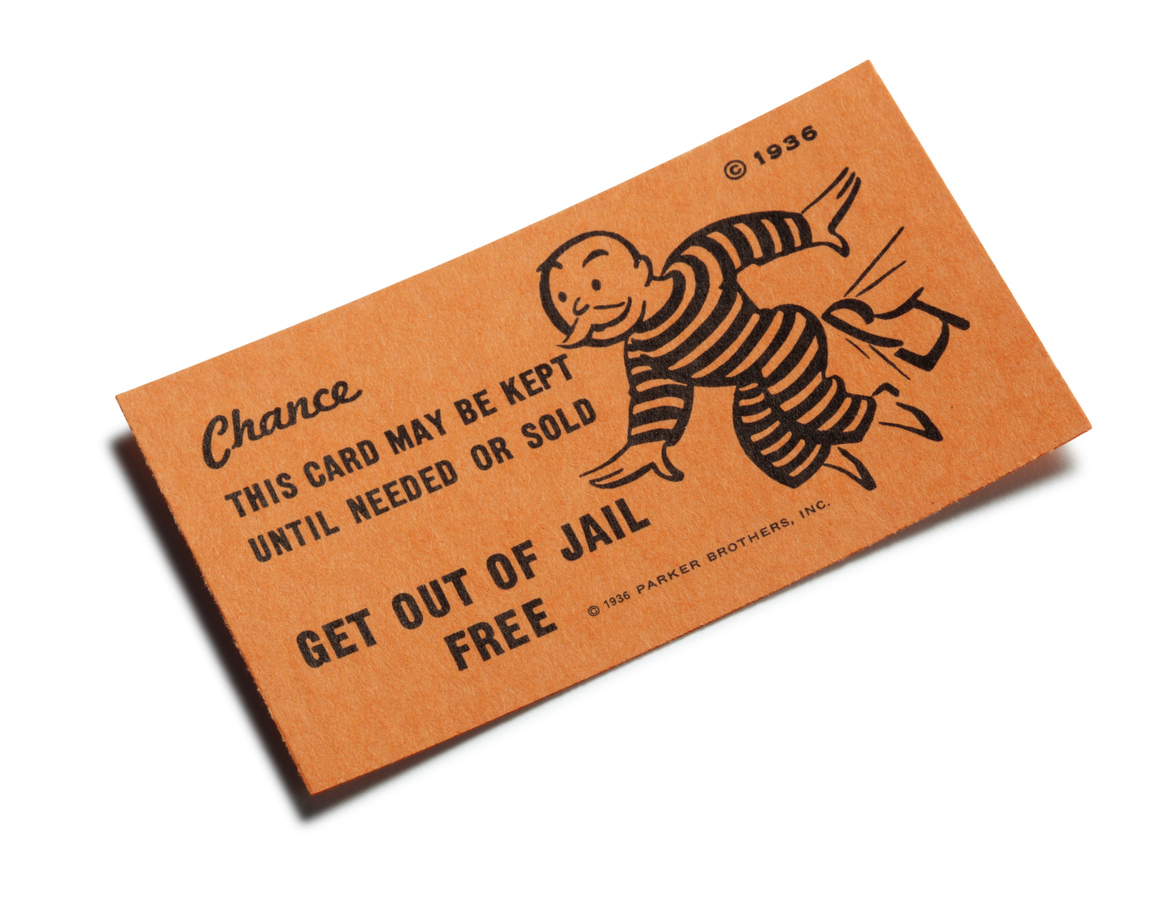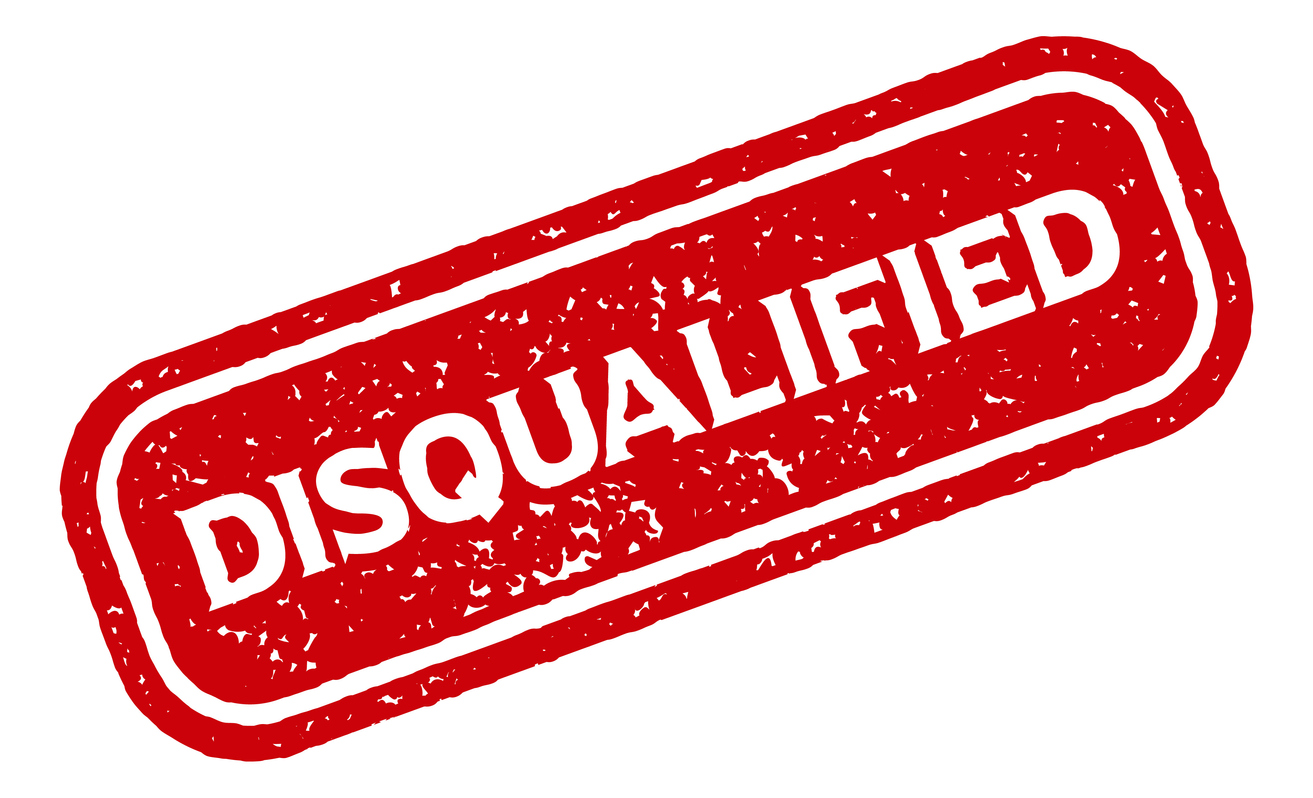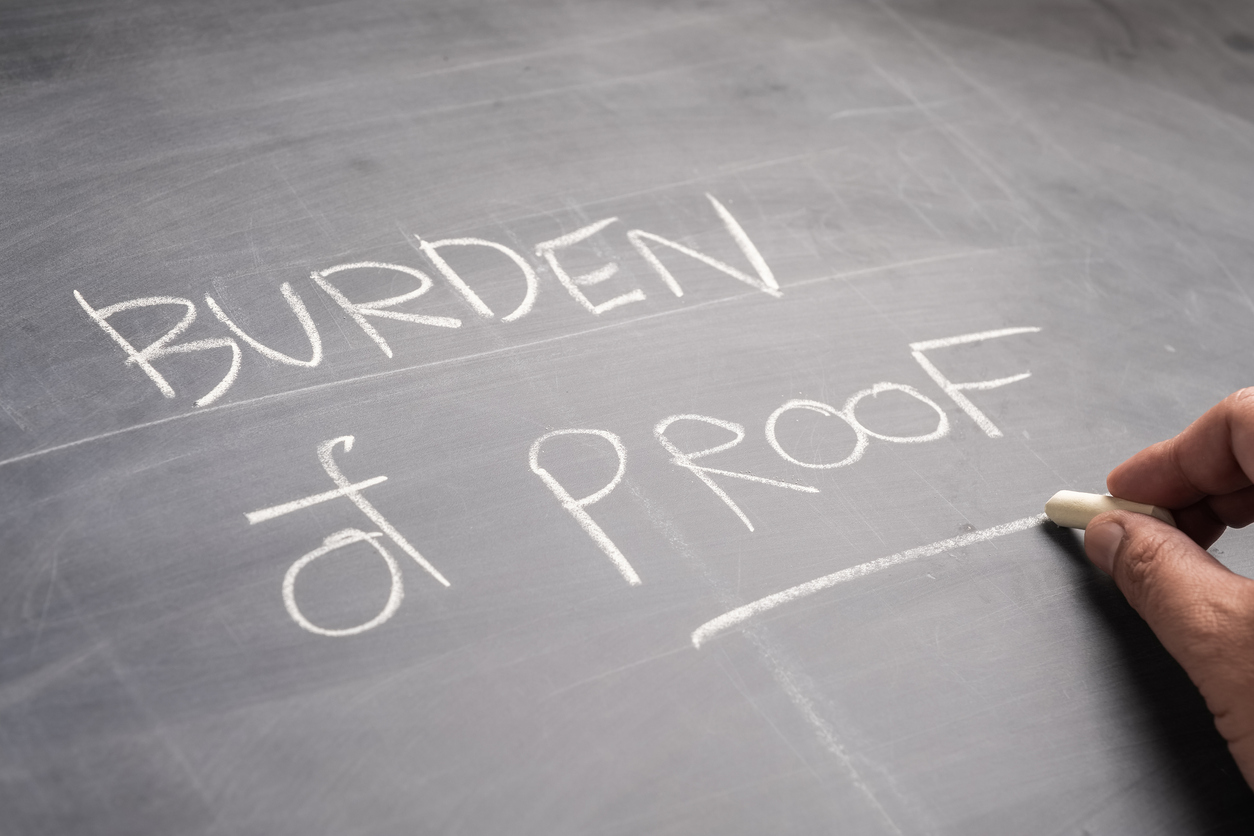For the second time in less than three years, Abilene, Texas, has been pummeled by a severe hailstorm. The Insurance Council of Texas estimates that insured losses from Abilene’s June 12, 2014, hailstorm will exceed $400 million in insured losses to vehicles, homes, and commercial property.1 The storm moved directly south across Abilene pounding the city’s north side and downtown area with baseball size hail. Commercial buildings downtown received millions of dollars in damage to roofs, windows, and structures.
Mark Hanna, a spokesman for Texas Insurance Council, recalls that the city was hit with a severe storm on Easter Sunday in 2011. "This one was worse," Hanna says. Hanna said that insurance companies responded quickly to the storm damaged city with catastrophe teams that contacted policyholders affected by the storm.2
Delays For Multiple Re-Inspections
Many policyholders and public adjusters no doubt hope the catastrophe teams will handle claims more timely than claims from the 2011 storm. Brian Haden, of Insurance Claims Specialists (ICS), laments one such experience: "We’ve been adjusting a large commercial claim here for several months," Brian reports from Abilene, "and now the carrier wants to send out their third set of engineering consultants. Unfortunately, the first two engineers inspected the loss prior to the policyholders retaining anyone to represent their interests in dealing with the carrier."
We are receiving similar reports of carrier re-inspection after re-inspection with multiple engineering consultants regarding claims from the recent Denton, Texas, hailstorm. The issues in Denton seem to center upon the Cosmetic Damage Exclusion.
Typical Scenario
From the various reports we receive, the basic scenario typically goes like this:
- Carrier adjuster inspects the damaged property, and tells the policyholder that the adjuster must send out an engineer due to significant hail damage.
- Carrier engineer inspects the damaged property, and tells the policyholder they will issue a report to the Carrier Adjuster.
- Carrier adjuster prepares damage repair estimate, which fails to include vents, gutters, carports, and other metal components.
- Policyholder questions the carrier adjuster about extensive damage they see from the hail impacts to metal. Carrier adjuster says it is "cosmetic damage subject to the exclusion," but offers to send out another engineer for second opinion.
- Different carrier engineer conducts a re-inspection, and tells the policyholder they will submit their report to the carrier adjuster.
- Carrier adjuster prepares a supplemental damage repair estimate, and still fails to include the vast majority of the metal components as items for repair.
- Policyholder hires public adjuster to assist with claim presentation. PA brings in an engineer that finds the significant hail damage goes to functionality, and PA includes those metal components in damage repair estimate.
- Carrier adjuster still relies on Cosmetic Damage Exclusion, but offers to send out third carrier engineer consultant to evaluate the hail damage claim.
Sound familiar? By the time the carrier sends out a third engineer, how much time has passed since the policyholder first reported the hail damage claim? If you guessed "too long," you are probably on the right track.
What Does This Mean To Me?
If you are a policyholder with any type of insurance claim, you may benefit from retaining a professional to represent your interests in dealing with the insurance carrier. While some carrier re-inspections are no doubt reasonable, professionals assisting policyholders with claim presentation will likely help avoid any unreasonable delay that could result from the carrier requesting multiple re-inspections for the same type professional to re-inspect the identical damage.
Motivational Poster Of The Day
1 7-11-2014, insurancejournal.com
2 Id.




